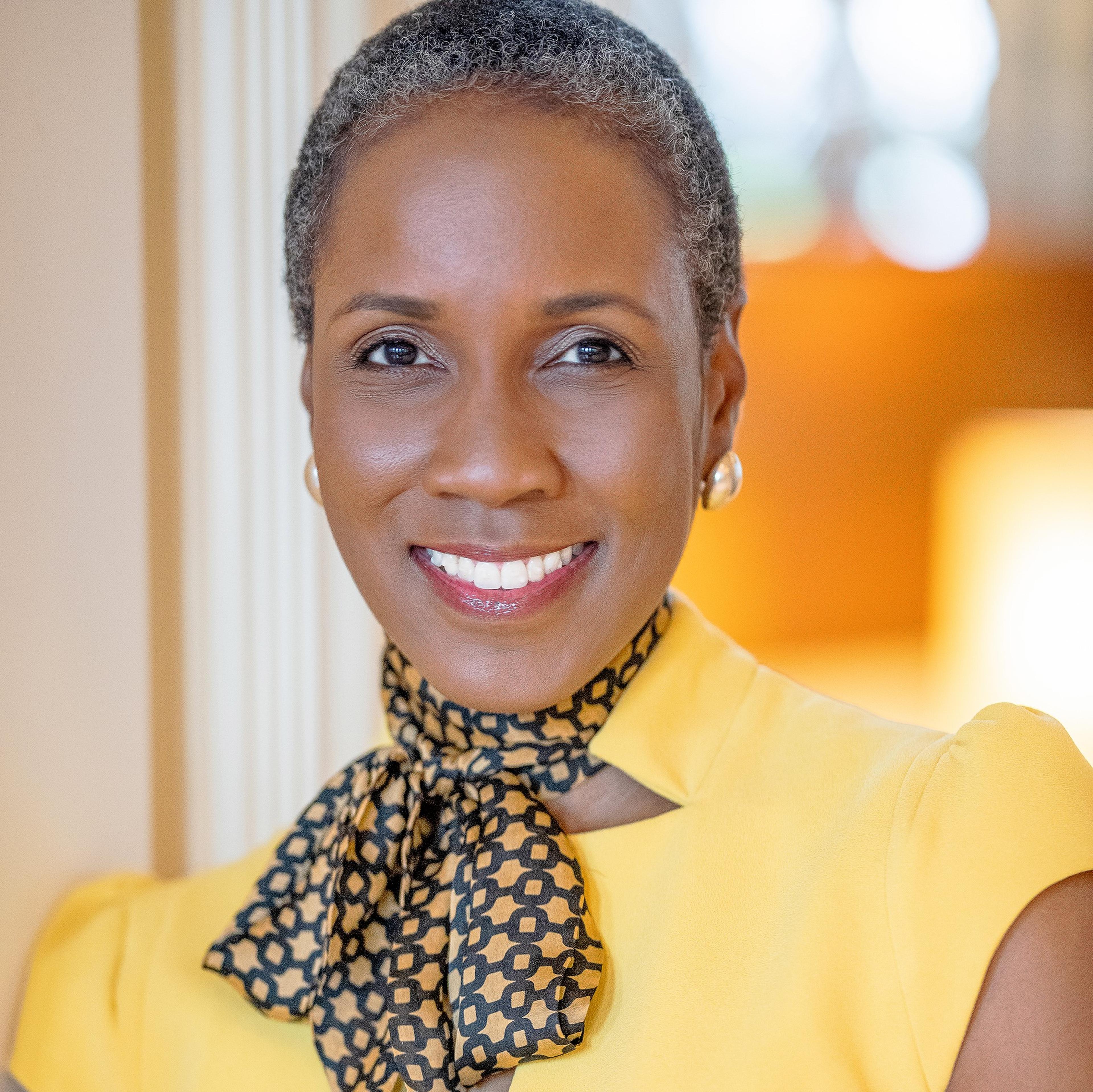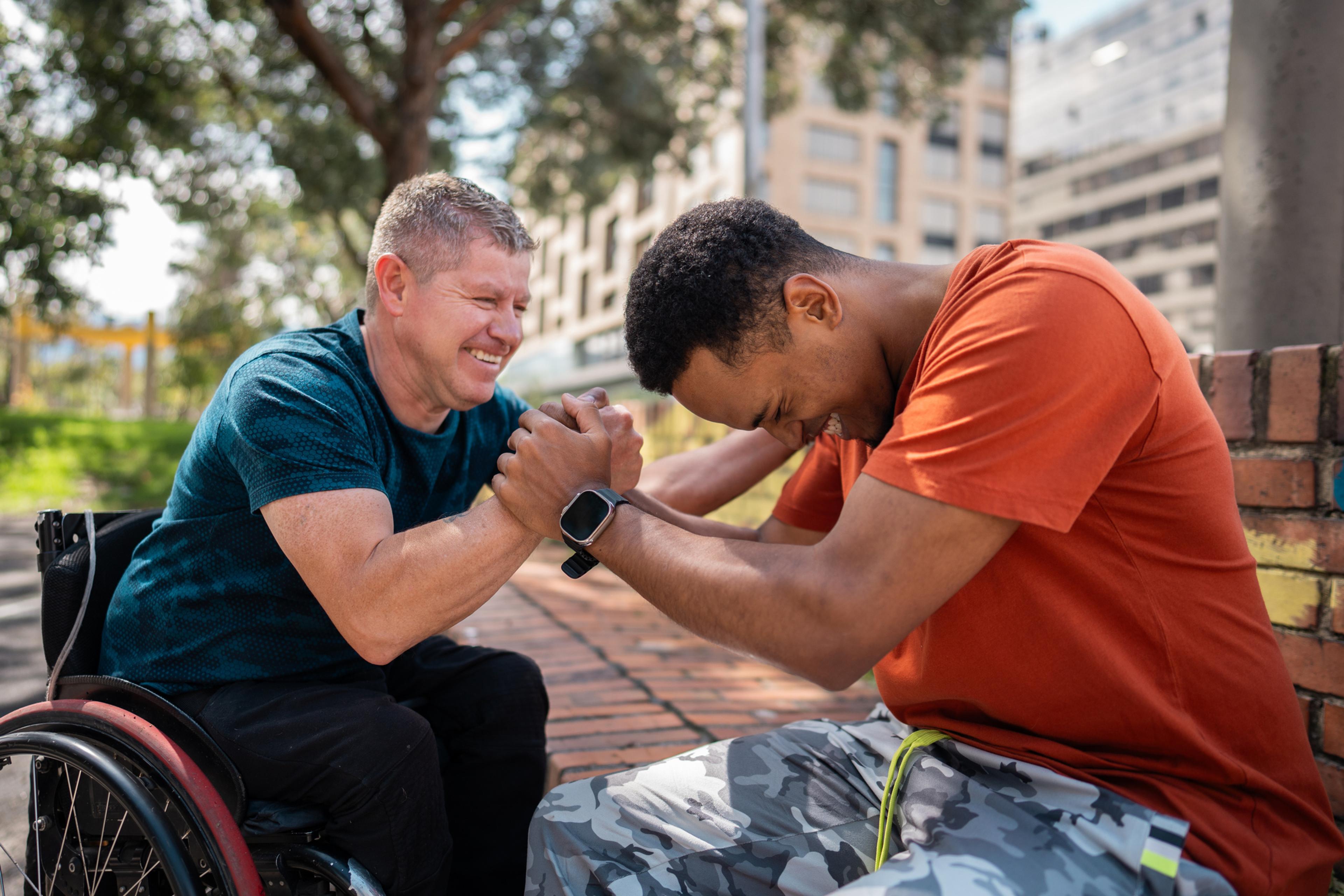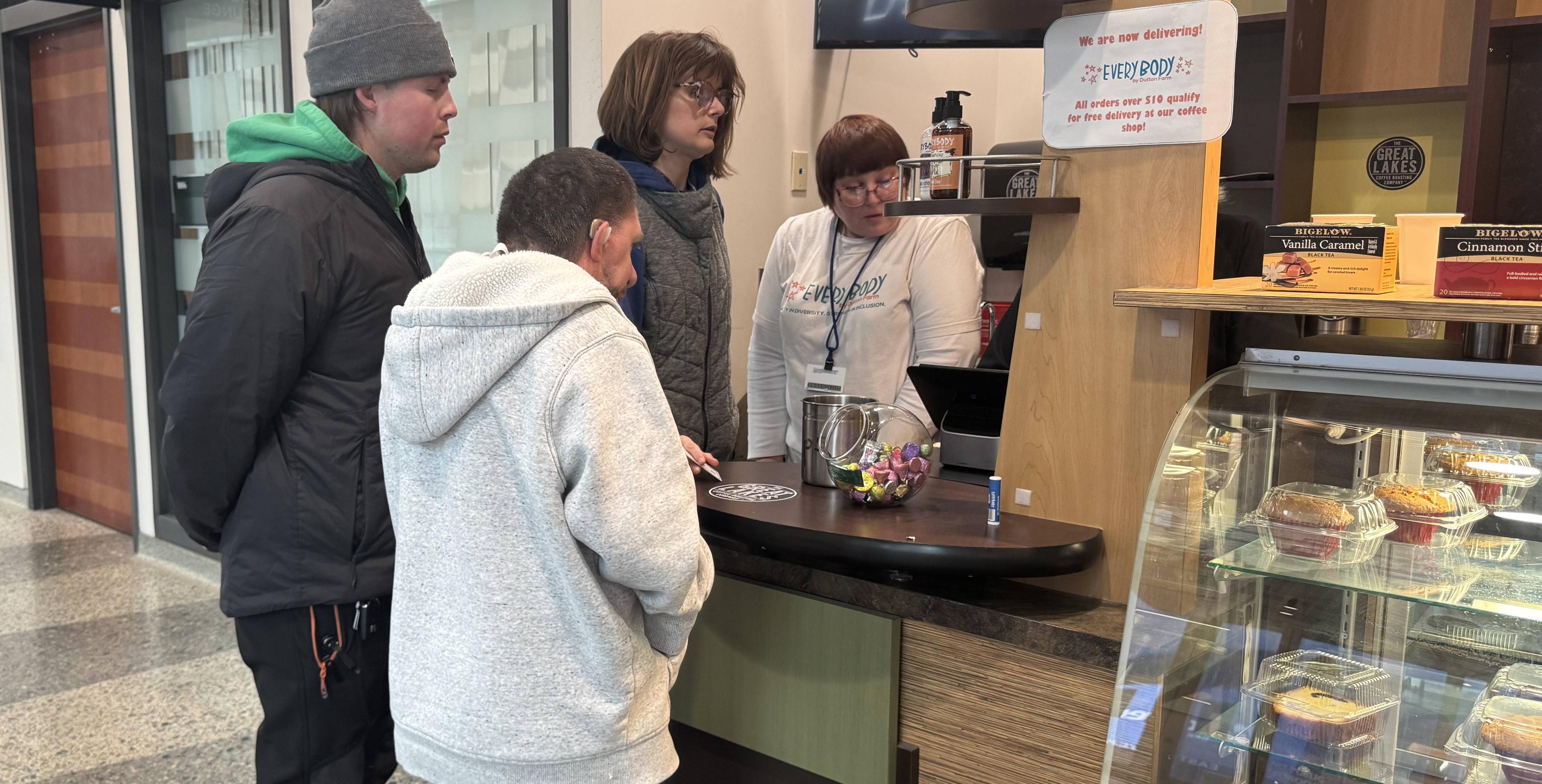Building an Inclusive Workplace

Bridget G. Hurd
| 4 min read
Ms. Hurd is the vice president, Inclusion and Divers...

Efforts to foster diversity in the workplace are widely accepted as a smart move for businesses. We also know that diversity is just the beginning of an organizations’ efforts to embrace and value employees of different backgrounds, which then leads to an inclusive workplace. As a result, many companies reap the rewards of happier employees, higher productivity and innovation, enhanced company culture and improved performance from the workforce. To implement inclusion and diversity fully into the workplace, we must first understand the difference between these concepts. Inclusion is the achievement of a work environment in which the differences and similarities of employees are recognized, individuals are treated fairly and respectfully, there is equal access to opportunities and resources and team members can contribute fully to the success of the organization. Diversity is the mix of people in the organization; based on characteristics that we can visually see as well as those characteristics that are not always as obvious like being an introvert or extrovert.
Change the way we think
Once we understand the difference between the terms, we must change the way we think about inclusion and diversity. All human beings are wired to have unconscious biases, which develop at an early age. These biases are developed over time as we are exposed to societal norms, the environment we live in and images in media. Knowing our personal biases is a crucial step and allows us to be more mindful in our everyday interactions. It is important to never make assumptions about others and treat everyone with empathy and respect. Implicit biases impact behavior and often guide our judgments and decisions, but there are things we can do to reduce our own bias:
- Focus on seeing people as individuals.
- Increase your exposure to people from different backgrounds.
- Practice mindfulness.
- Take time to pause and reflect on your interactions.
- Try seeing things from the perspective of others.
- Work on consciously changing your stereotypes.
This can help us get to a place where we act with intention. We can slow down our thinking to make better decisions. We can also get in a mindset where we learn from our interactions. When we realize our implicit biases, it may be troubling. The good news is that they are not set in stone. It is possible to adopt new attitudes. While the process is not easy, being aware of biases is the best place to start making a change.
Improve the workplace
To begin improving the workplace through diversity and inclusivity, we must be able to recognize what bias looks like and feels like in the workplace. For example, a bias can be as simple as hiring an applicant for a job because they went to a prestigious university or worked at a well-regarded company. For those on the receiving end of biased attitudes, it feels disheartening and can create an uncomfortable environment. Building an inclusive workplace needs to begin with leadership. Inclusive leadership is the practice of leadership that centers around traits like developing cultural intelligence, being courageous in addressing bias and changing behaviors, being collaborative and moving beyond the usual suspects when identifying employees for special projects or mentoring. An inclusive workplace is achieved when:
- Different perspectives are heard and valued.
- Others are seen and included at the table.
- Respect is demonstrated in big and small ways.
- The contributions of all team members are valued equally.
- You recognize the unique person in front of you.
One of the biggest challenges we see today is creating a workplace that is not only diverse, but a workplace that is also inclusive. This is where the magic happens. The key is committing to action, from the boardroom to the lunchroom, to help create an environment where each person is empowered to fulfill their potential. About the author: Bridget Hurd is vice president of Inclusion & Diversity for Blue Cross Blue Shield of Michigan. Related:
Photo credit: pixelfit





